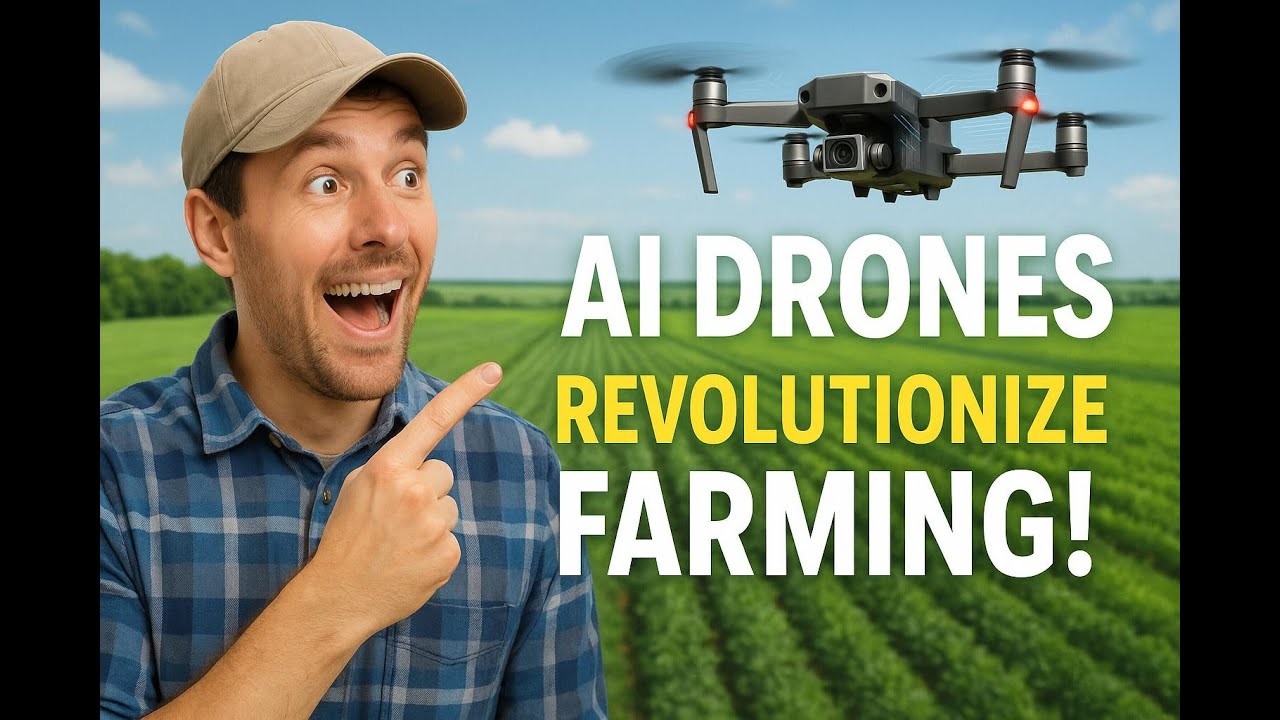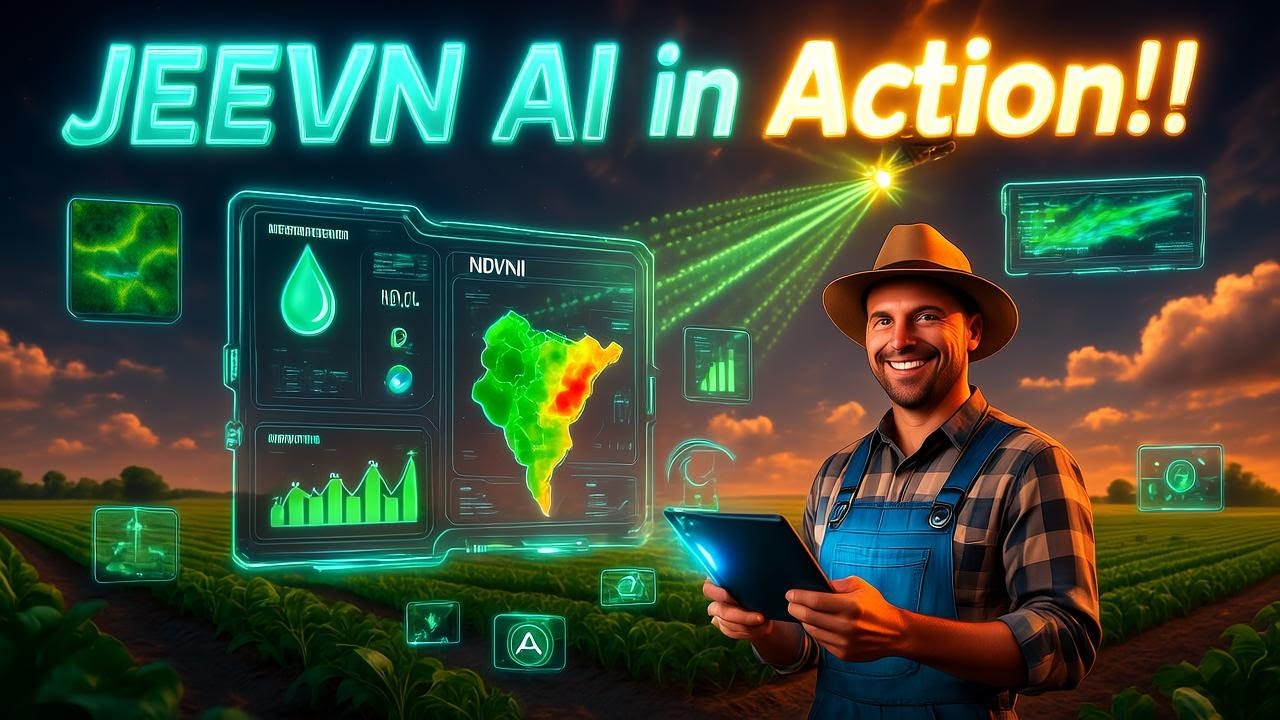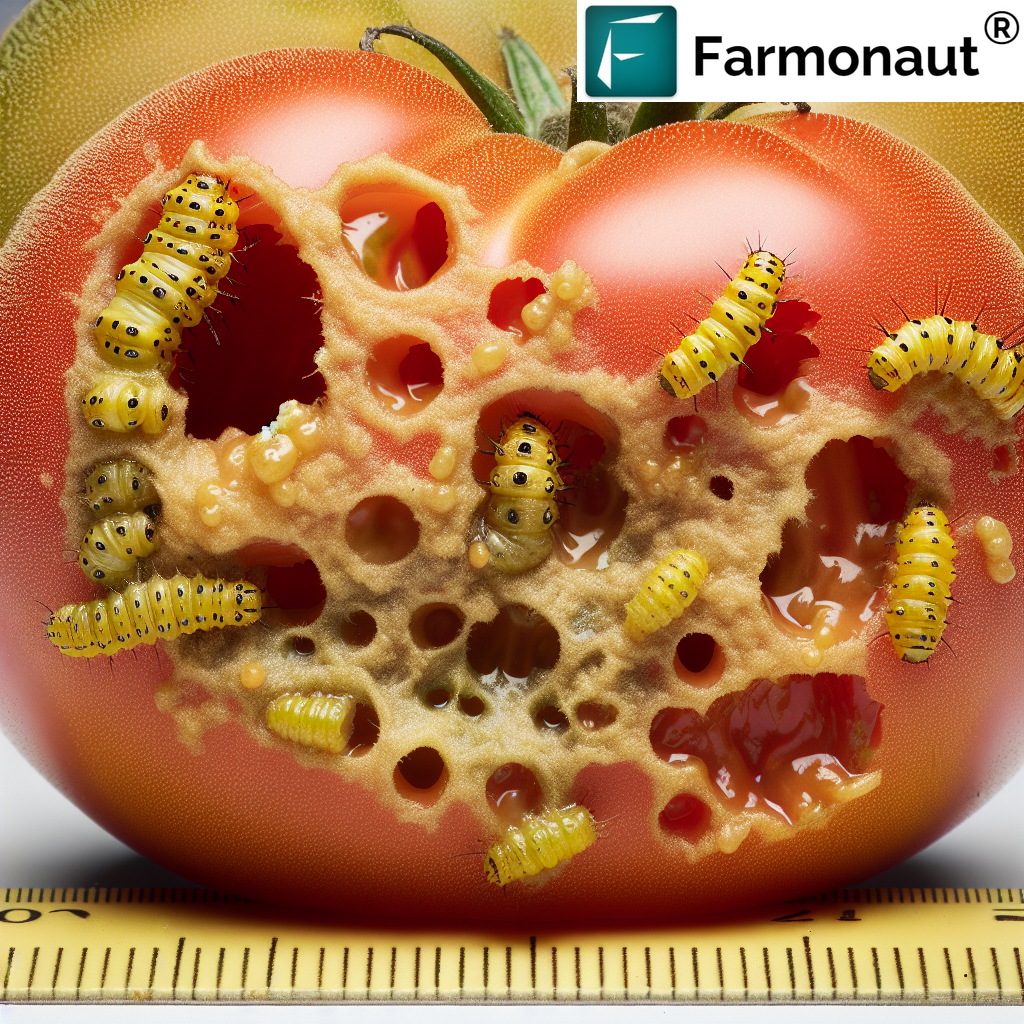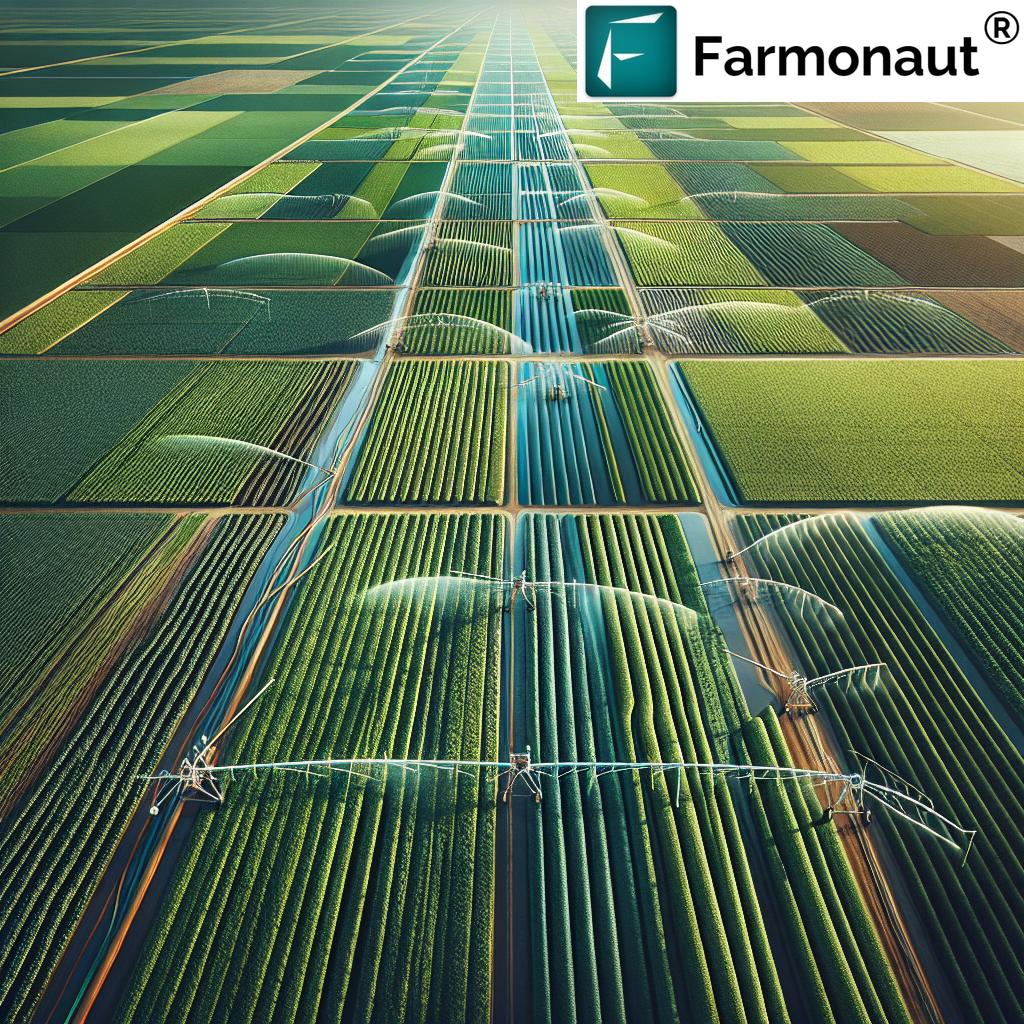Automatic Plant Waterer: 7 Ways to Boost House Plants
“Smart irrigation systems can reduce water usage by up to 50% compared to traditional watering methods.”
Introduction: Plant Care Revolution for 2026 & Beyond
In recent years, advances in automation, technology, and smart irrigation systems have revolutionized horticulture, agriculture, and home plant care. The automatic plant waterer is now at the forefront of this revolution, becoming an indispensable tool for farmers, gardeners, managers, and urban dwellers seeking efficient, precise, and sustainable watering solutions. By 2026, the challenge of water scarcity, climate change, and labor costs has highlighted the core advantage of automatic house plant watering systems: they optimize water use while promoting healthy plant growth for indoor and outdoor settings alike.
In this comprehensive guide, we’ll uncover how automatic plant watering systems, including auto plant waterers, automatic flower waterers, and automatic water sprinklers, are shaping the future—providing you with seven powerful ways to boost house plants, conserve resources, and streamline your plant care practices.
What Are Automatic Plant Waterers?
Automatic plant waterers, also known as auto plant waterers or automatic flower waterers, are innovative tools designed to deliver the right amount of water at the right time—without manual intervention. These systems leverage sensors, timers, and smart controllers to monitor soil moisture and automate irrigation schedules based on plant needs and environmental conditions.
- Types: Drip irrigation kits, wicking systems, self-watering pots, sensor-based automatic water sprinklers, and Wi-Fi-enabled smart irrigation controllers.
- Settings: House plants, indoor gardens, outdoor beds, vertical gardens, and even large farms or forestry operations.
- How They Work: Most automatic watering systems use a combination of soil moisture sensors, environmental data, and pre-set schedules to release water only as needed.
This intelligent approach minimizes wasted water, prevents overwatering (which can lead to root rot or fungal diseases), and ensures your plants stay healthy—even if you’re away or busy.
Why Choose an Automatic Plant Watering System?
Traditional watering methods often rely on fixed schedules or manual labor, which can lead to under- or over-watering. This not only wastes valuable resources but can also damage plants and reduce productivity. With automatic plant waterers and smart irrigation systems:
- Consistency: Your plants receive consistent hydration even during holidays, travel, or busy schedules.
- Efficiency: Water is delivered only when and where needed, reducing waste and enhancing plant growth.
- Labor Saving: Automatic solutions greatly reduce or even eliminate daily manual intervention, saving you time and effort.
- Adaptation to Climate Change: Smart systems integrate weather data and soil moisture sensors to dynamically adjust watering schedules in response to real-time environmental conditions.
- Sustainability: By targeting water delivery based on actual plant needs, these systems promote sustainable farming and gardening practices.
- Healthier Plants: Avoid stress from inconsistent watering, resulting in stronger roots, vivid flowers, and higher crop yields—for both edible crops and ornamental plants.
With severe water scarcity predicted to impact billions by 2026 and beyond, adopting automatic plant watering systems is more than a convenience—it’s a crucial adaptation for homeowners, gardeners, and professional growers worldwide.
Farmonaut Web System Tutorial: Learn how satellite & AI-driven platforms empower crop monitoring and resource management for plant care and water efficiency. Try Farmonaut Web App »
7 Ways Automatic Plant Waterers Boost House Plants & Gardens
Below are seven high-impact ways automatic house plant watering systems transform the care of house plants, indoor gardens, and even larger landscapes—making them an indispensable part of modern plant management in 2026:
1. Precision Water Delivery for Healthier Growth
At its core, every automatic plant waterer is designed to deliver exactly the right amount of water directly to each plant’s root zone, using drip emitters, wicks, or well-placed nozzles. This targeted watering:
- Prevents both drying out and root rot.
- Ensures optimal soil moisture levels at all times—neither too wet nor too dry.
- Boosts flower and leaf growth by maintaining a stable environment.
- Is highly effective even for sensitive or high-value ornamental plants.
- Eliminates the risks posed by irregular, manual watering schedules.
2. Water Conservation and Sustainability
With water scarcity worsening worldwide by 2026, efficient water use is essential. Automatic watering systems can reduce water usage by 30–50% compared to traditional methods. They achieve this by:
- Measuring ambient conditions (like humidity, temperature, and rainfall forecasts).
- Relying on data from soil moisture sensors to deliver water only when truly needed.
- Preventing run-off or deep percolation—only a precise, needed amount of water reaches the root zone.
- Enhancing sustainable horticulture and agricultural practices by aligning with responsible resource management.
How AI Drones Are Saving Farms: Discover how next-gen tech integrates with automated watering for smarter, resource-saving farms.
3. Automation—Less Labor, More Time
Manual watering—especially for a large collection of house plants or outdoor beds—can be time-consuming. With automatic plant watering systems:
- Manual labor is minimized or eliminated—watering happens on pre-programmed schedules or in response to sensor data.
- Smartphone-integrated controllers allow remote monitoring and adjustments, even when you’re on vacation or at work.
- No more relying on friends, neighbors, or staff to care for your garden while you’re away.
- Particularly effective for urban gardening or in locations with limited staff, such as offices or community gardens.
4. Smart Integration & Remote Monitoring
Modern automatic flower waterers and auto plant waterers now feature Wi-Fi or Bluetooth connectivity, allowing for:
- Integration with smart home systems, apps, or cloud-based platforms.
- Real-time alerts if a water reservoir is low or if a sensor detects a problem.
- Remote control over watering schedules and settings, so you can fine-tune irrigation without being physically present.
- Access to data logs for optimization and troubleshooting.
Smart Farming Future: Explore how AI and automation advance sustainable agriculture, aligning technology with nature for healthier crops.
5. Adaptation to Environmental Challenges
Climate change is increasing weather unpredictability, humidity swings, and temperature extremes. Automatic irrigation systems are increasingly equipped to:
- Respond to changing conditions by adjusting watering in real time.
- Delay or suspend watering during predicted rainfall or high-humidity periods, thanks to integration with local weather data.
- Help plants survive droughts or heat waves by ensuring hydration even during water restrictions, using drip technology or precise nozzle application.
France Water Crisis 2025: See how satellite data, leak detection, and smart irrigation help conserve water in agriculture.
6. Versatility: Indoor and Outdoor Plant Suitability
From house plants and balcony planters to extensive executive gardens or forests, automatic waterers adapt to almost any context. Key versatility features include:
- Self-watering pots or wicks for indoor plants with minimal setup.
- Drip irrigation kits and sensor-based sprinklers for outdoor beds, lawns, and greenhouses.
- Smart irrigation controllers that cover large properties or communal spaces while allowing precise zone control.
- Solar-powered pump options, perfect for remote or off-grid forestry settings.
Malawi Irrigation Tech 2025: Solar-pump irrigation transforms remote farmland—perfect for future-proofed smart watering systems.
7. AI-Driven Insights and Predictive Watering
By 2026, the latest automatic house plant watering systems and smart agricultural management platforms are leveraging artificial intelligence (AI):
- AI-driven models factor in historical growth data, weather forecasts, and plant type to pre-emptively adjust watering plans.
- Connected models are accessible via apps, sending proactive suggestions—fostering a new era of precision horticulture.
- Seamless integration with satellite data platforms, such as those provided by Farmonaut, brings next-level remote insights to home users and farm managers alike.
JEEVN AI: Take a look at how satellite-driven AI can transform irrigation, reduce resource use, and boost productivity on a wide scale.
Get started with Farmonaut today »
Comparison Table: Types of Automatic Plant Waterers & Irrigation Tech
Comparing automatic plant waterers, smart irrigation systems, and auto sprinklers can help you select the best solution for your specific needs—whether that’s house plant care, smart gardening, or large-scale agricultural management.
| Product / Technology Name | Automation Level | Water Conservation Potential (%) | Plant Suitability | Ease of Installation | Estimated Cost Range (2026, USD) | Notable Features |
|---|---|---|---|---|---|---|
| Drip Irrigation Kit | Fully Automatic | 30%–50% | Both Indoor & Outdoor | Moderate | $60–$300 | Sensor-based, Easy schedule customization, Blockage-resistant |
| Self-Watering Pot | Semi-Automatic | 15%–30% | Indoor | Easy | $5–$40 | Wick-based, Refillable reservoir, No electronics required |
| Sensor-based Timers | Fully Automatic | 25%–40% | Both | Easy–Moderate | $35–$120 | Moisture/Weather Sensors, Rain delay, App control |
| Automatic Water Sprinkler | Fully Automatic | 30%–45% | Outdoor | Moderate | $80–$400 | Wi-Fi enabled, Weather adaptive, Multi-zone |
| Wicking System | Semi-Automatic | 15%–25% | Indoor/Outdoor (pots) | Easy | $2–$20 | Low-cost, No power needed, Passive watering |
| Wi-Fi Enabled Smart Controllers | Fully Automatic | 35%–50% | Both | Easy | $110–$350 | App control, Sensors, AI scheduling, Voice assistant compatible |
| Solar-Powered Drip System | Fully Automatic (Off-grid) | 35%–55% | Outdoor, Forestry, Remote areas | Moderate | $90–$410 | Autonomous, Eco-friendly, Weather adaptive |
Note: Cost, features, and installation ease may vary by brand/model and local availability in 2026.
Peru Irrigation Boom: Massive investment and AI-fueled precision create new standards for water management across farms.
The Role of Automatic Irrigation in Forestry and Agriculture
Beyond house plants and small-scale gardening, automatic waterers have become indispensable in forestry and agriculture. By 2026:
- Young tree plantations and forest nurseries benefit from regulated, consistent moisture, minimizing drought stress and promoting healthy root growth.
- Large-scale farms use smart drip irrigation and sprinkler systems integrated with soil moisture sensors, temperature, and weather forecasts—automatically adjusting schedules for maximum efficiency and yield.
- Solar-powered, remotely managed drip systems ensure reliable irrigation even in areas lacking grid electricity.
- Emerging AI algorithms now analyze real-time and historic data to make predictive decisions about when and how much to irrigate, adapting to environmental challenges and seasonal changes.
Satellites & AI for Water Management: Discover precision tools and NDWI technology revolutionizing automatic water use worldwide.
These advances not only reduce water and labor costs, but also support vital carbon footprinting and traceability efforts that are increasingly important for regulatory compliance and sustainability certifications. Efficient automatic plant waterers are now a core part of forest advisory and crop management strategies—see more in our Crop Plantation and Forest Advisory Solution.
Integrate remote sensing or smart irrigation into your own automation systems:
- Farmonaut Satellite API Portal – for real-time data streaming
- API Developer Docs – implement advanced weather & remote monitoring features
“Automatic plant waterers can increase plant growth rates by nearly 30% with consistent, efficient hydration.”
Farmonaut: Satellite Tech & Smart Water Management in 2026
As we look ahead to 2026 and beyond, data-driven automation and remote sensing technologies are redefining what’s possible for precision irrigation, plant health, and responsible resource management. At Farmonaut, we harness a blend of satellite imagery, AI, and blockchain to deliver actionable insights that support the next generation of automatic plant watering—from large-scale farms to forestry and urban gardening.
- Satellite-Based Crop and Plant Monitoring: Track soil moisture, vegetative health (NDVI), and environmental stress in real-time to optimize watering schedules without manual guesswork.
- JEEVN AI Advisory Platform: Real-time, AI-driven strategies for smart irrigation, mapping rainfall, and integrating with weather forecasts for better watering management. See our Large Scale Farm Management Solution to power efficient operations at any scale.
- Blockchain-Based Traceability: Seamlessly verify resource use and sustainability metrics, from water conservation in irrigation practices to product authenticity.
- Environmental Impact Monitoring: Track carbon footprint and support regulatory compliance with our advanced carbon footprinting services, enhancing your sustainable agriculture strategy.
- Fleet & Resource Management Tools: Monitor and optimize logistics for field equipment and personnel, reducing wasted labor and maximizing the deployment of automatic irrigation systems. Check our fleet management tools for details.
- Accessible, Scalable Solutions: Our platform serves everyone—from individual smallholders to enterprise and government projects, accessible via web, Android, iOS apps, or public API.
Our mission is to make satellite-driven irrigation and plant health insights affordable, actionable, and truly global.
Frequently Asked Questions (FAQ)
Q1: How does an automatic plant waterer actually work?
Most automatic plant waterers use sensors to measure soil moisture, then activate drip emitters or sprinklers via timers or smart controllers. They water your plants only when the soil gets dry or according to a programmable schedule, maximizing both growth and water conservation.
Q2: Can an automatic house plant watering system overwater my plants?
Quality automatic house plant watering systems are specifically designed to prevent overwatering. Using adjustable settings and real-time moisture sensors, they only release water when it’s truly needed and stop once optimal moisture is achieved.
Q3: Are automatic flower waterers expensive to install in 2026?
Installation can range from very affordable (self-watering pots for a few dollars) to moderate (sensor-driven smart irrigation kits or Wi-Fi controllers for $50–$400, depending on system capacity and feature sets). The long-term savings on water, plants, and labor quickly offset initial costs.
Q4: Can these systems be used in remote or off-grid locations?
Yes! Many modern automatic plant waterers (especially solar-powered drip systems) are engineered for remote agricultural or forestry sites, requiring no grid connection and minimal maintenance.
Q5: How do I select the right automatic watering system?
Consider your plant type (house, outdoor, tree, crop), available power supply (solar/electric), area size, the need for remote monitoring, and features like AI control or app connectivity. See our feature comparison table above for detailed guidance.
Conclusion: Sustainable Growth Through Automation
Automatic plant waterers—including auto plant waterers, automatic flower waterers, and house plant automatic watering systems—are rapidly becoming indispensable tools for anyone seeking healthy plants, optimal water use, and reduced labor. Whether for home gardening, precision horticulture, cutting-edge agriculture, or sustainable forestry management, these systems leverage the latest in automation, smart technology, sensors, and AI to enhance efficiency and promote plant growth.
As we face ever-increasing environmental challenges and water scarcity by 2026, adopting automatic watering solutions isn’t merely a matter of convenience—it’s essential for a sustainable, prosperous future in plant care and cultivation.
Explore how Farmonaut’s satellite-powered, AI-driven insights can boost your resource management, cut waste, and grow stronger plants in the era of automation, today and beyond.


















